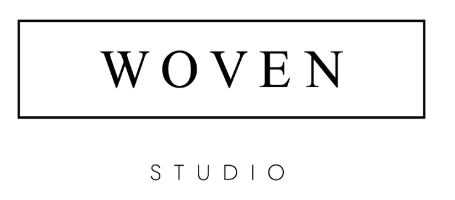Zaishui Art Museum
Origin
A cacao tree in Indonesia connected with sensors to its digital twin in China.
CREDITS
Commissioned by
Bailuwan Town
Artistic Lead
Thijs Biersteker
Architect
Junya Ishigami
Science Collaboration
ICCRI
Production
Woven Studio
THE MUSEUM
Architect Junya Ishigami designed the Zaishui Art Museum as a near-invisible line across the water, a structure that blurs boundaries between architecture and landscape by inviting wind, light, and rain inside.
His philosophy treats buildings as living ecosystems, not static objects. Origin fits seamlessly into this vision. It brings the unseen rhythms of a cacao tree into the space, turning data into movement, light, and breath. As the tree responds to drought or growth, the sculpture shifts in real time, echoing the museum’s own sensitivity to its environment. In Ishigami’s gentle giant, the artwork becomes not just a guest but part of the building’s ongoing dialogue with nature.
THE EXPERIENCE
Sensors connect a cacao tree in Indonesia to its digital counterpart in the Zaishui Art Museum in China. Reconnecting people to the origin of their food. The artwork shows in real time how the cacao tree in Indonesia drinks, grows, and suffers from environmental changes.
At the ICCRI plantation in Java, a cacao tree is connected to multiple sensors. These measure sap flow, moisture, temperature, and CO₂—sending thousands of data points in real time. This live data travels 4,500 km in just 0.2 seconds to a sculpture at the Zaishui Art Museum by Junya Ishigami in China.
When it rains in Indonesia, you see the sap flow through the sculpture in China. When the air quality changes, the flows shift. When there's a heatwave, you see it struggle.
This science-based artwork creates awareness and inspires action by talking about supply chains and their disruptions, emphasizing our re-connection to food, and highlighting the importance of every link in the chain by illustrating one of the threats that affects the cocoa supply chain.
Studio Director
Sophie de Krom
Electronics
Bart Kallenbach
Software
Nik Zad (YFX Lab)
Technical Lead
Ian Considine
Recycled 3D Printing
The New Raw
MATERIALISATION
The cacao tree sculpture is crafted from recycled 3D-printed plastics and hand-thermoformed into its final form.
The material choices reflect the sustainable nature of the work and the architectural vision of Junya Ishigami. This work comes with a Material Passport, it details the sustainable materials used and outlines how it can be dismantled and recycled by future generations.
The materialisation in transparent recycled plastics was chosen to reflect the work’s mission of creating transparency in the food system. The sculpture is printed using the latest innovations in 3D printing with robotic arms, followed by thermo hand-sculpting to create a unique fusion of robotic precision and human touch.
Light flows through the sculpture, visualising real-time data from climate sensors mounted on the living cacao tree in Java. These sensors monitor sap flow, moisture, temperature, and CO₂, bringing the sculpture to life.
| Recycled 3D printed plastics |
| Forestry climate sensors |
| LED cacao pods created using recycled 3D-printed plastics |
| Round low-energy LED screen |
| AI, TouchDesigner and custom code |
| Recycled steel structure |
| EXHIBITIONS |
| Zhaishui Art Museum (CN), 2024 (permanent installation) |
SCIENTIFIC INSIGHT
The chocolate food system is about to collapse. Prices will skyrocket. And it’s not because of one simple cause. Chocolate is just one example. An uncomfortable one.
The reason your chocolate at the supermarket is getting more expensive is complex. It’s because all the connections behind that single piece of chocolate are under strain: crop diseases, drought and heat stress, fertilizer shortages, new deforestation laws, ethical sourcing costs, currency instability, labor shortages, corporate speculation, rising global demand—the list goes on.
For example: a fertilizer shortage can lead to crop disease, which reduces yields and pushes prices higher. Then, speculation companies hold back supply, waiting for prices to rise even more—creating an artificial shortage.
Cocoa-producing countries in West Africa, Indonesia, and Southeast Asia are experiencing system-wide pressure. And yet, the chocolate still makes it to the shelf. But when the prices rise, we’re surprised. The complexity stays hidden.
With special thanks to
Theo Rekelhof, Madelief Broekman, Nathan Pottier, Robin Vrugt, Cécile Garcia, Dejan Borisavljevic
Images
Thijs Biersteker and Zaishui Art Museum
Video
Thijs Biersteker











